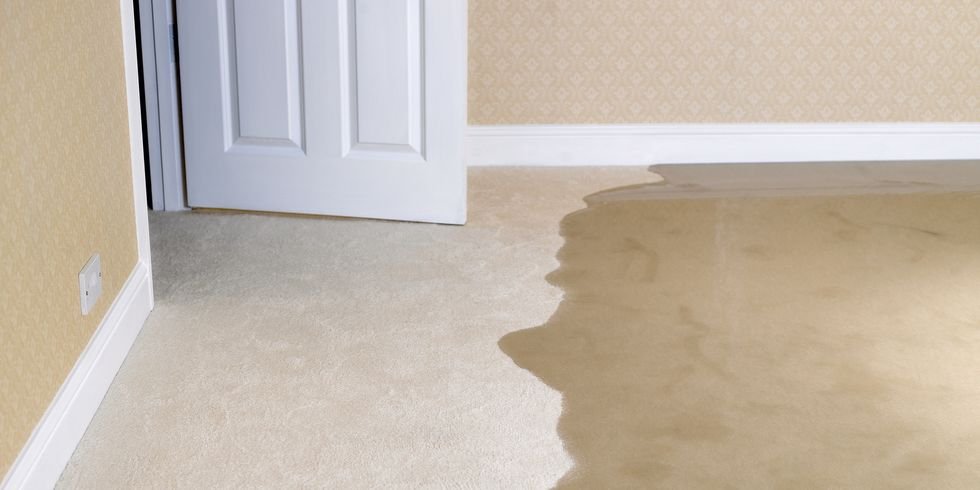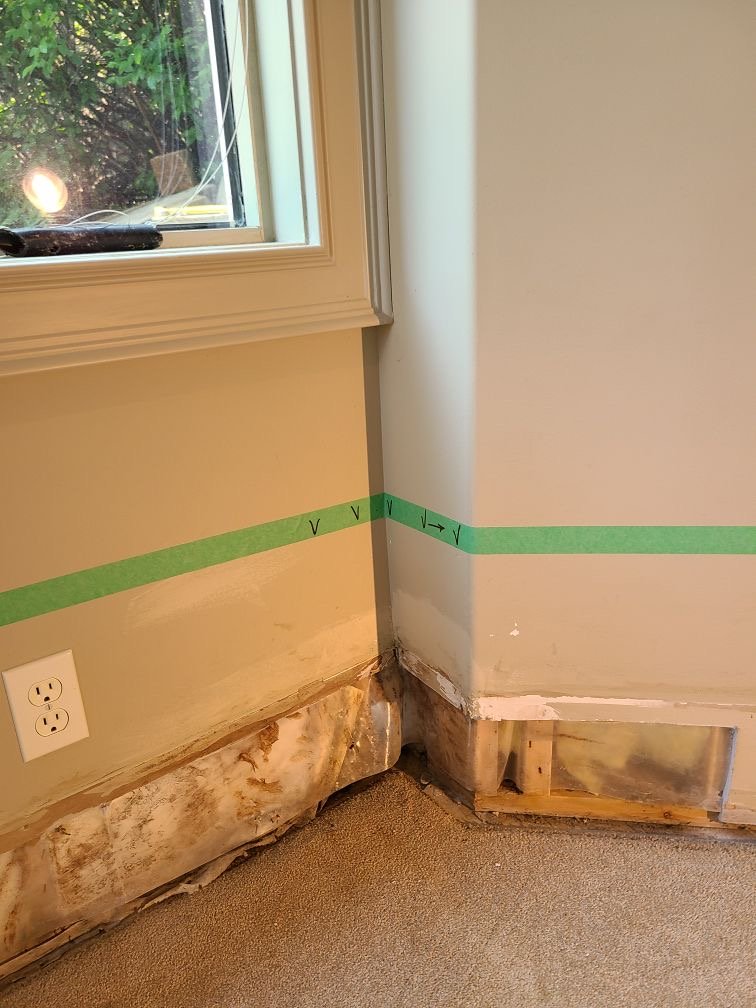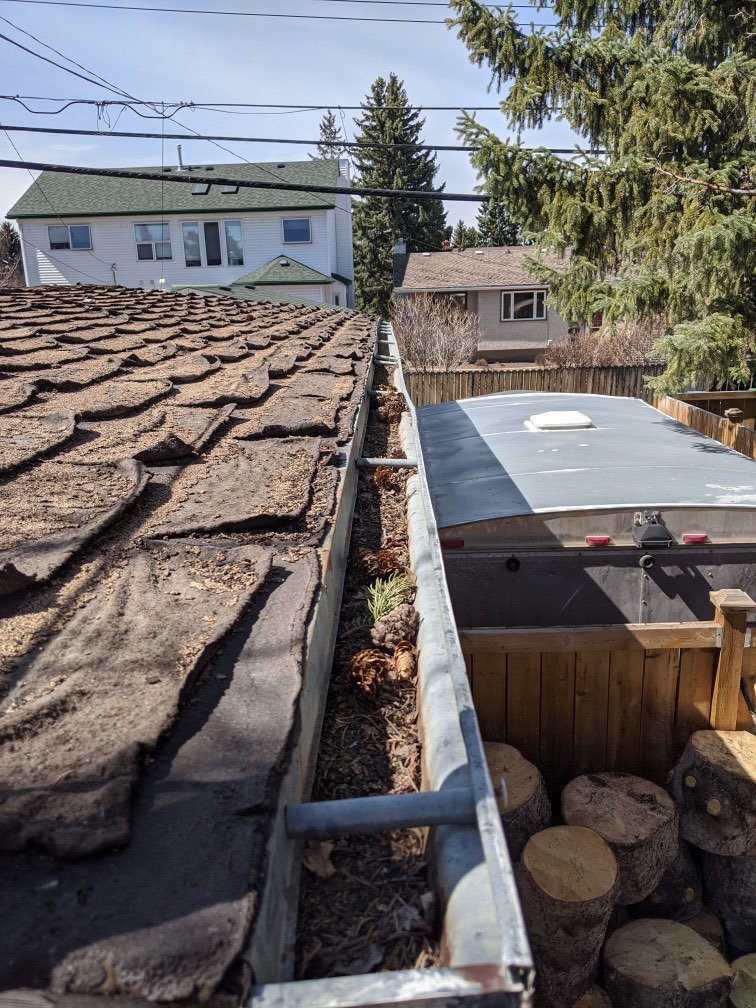i have water coming into my basement after a rainfall - what should i do?
basement flooding can be a major issue for homeowners, especially after heavy rainfall. if water comes into your basement, through a crack in your foundation or otherwise, it’s important to act quickly to avoid further damage. here are some steps you should take if you find yourself in this situation.
identify the source of the water
the first step is to identify the source of the water. is it coming in from the outside or from inside your home? if it’s coming from outside, it could be due to a breakdown in your water management system (eaves troughs and/or downspouts) from your own home or a neighbour; or just a large amount of water surrounding your foundation on its way to the municipal water system. if it’s coming from inside, it could be due to an overflowing washing machine or sink drain. once you’ve identified the source of the water, you can take steps to address it and stop any further damage.
stop the source of infiltration
if the water is finding its way through the foundation through a crack, penetration, window well or other; try and keep the affected area free of further water. if the outside of the affected area has water pooling or is in the path of flowing water, try and divert water around the area using sandbags, soil or digging in a shallow trench to provide a drainage path away from your foundation. it is important to identify where the water is coming in before attempting to fix the problem. at this point, it’s time to call in an expert to handle stopping the water flow.
clean up any standing water
once you’ve identified the source of the water, it’s important to clean up any standing water as soon as possible. this will help prevent mold and mildew growth and reduce the chances of further damage. next, you should remove damaged finishes like waterlogged baseboards, drywall and insulation as well as soiled carpet and underlay. get the air drying out using fans, dehumidifiers and opening windows.
check for structural damage
if your basement has been flooded, it’s important to check for structural damage before attempting any repairs. look for signs of cracking or buckling on walls or floors, as well as signs of mold or mildew growth on surfaces such as carpets or furniture. if you notice any structural damage, contact a professional immediately for an assessment and repair recommendations. groon would be happy to help with any assessments, you can schedule a call or onsite visit online.
prevent future flooding
once you’ve taken care of any immediate issues with flooding, it’s important to take steps to prevent future flooding in your basement. a proper water management plan for your home will prevent most flooding issues. additional measures in localized regions will call for adding a sump pump system but are not the solution for all flooding issues. additionally, make sure that all gutters and downspouts are clear of debris to divert rainwater away from your home during heavy rainstorms properly.
by taking these steps if you find yourself with water coming into your basement after a rainfall, you can help protect your home from further damage and save yourself money in costly repairs down the road.



